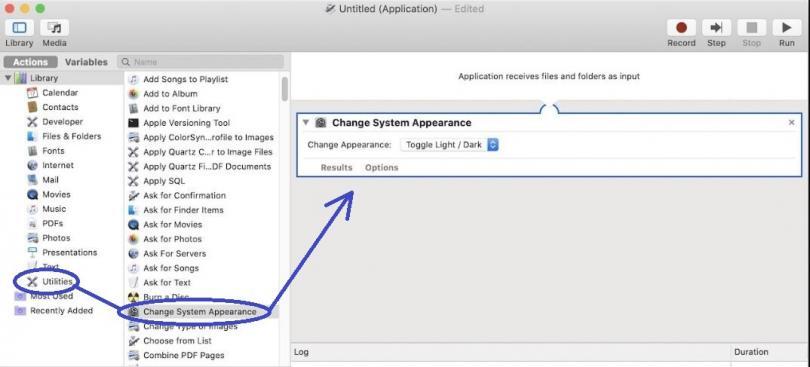

You can even use the Lift Subject or Remove a Background feature. Or if I just wanted to have the image in a circle I could drag and drop the image into the circle, shrink it down and then I could use a border, for instance, around it like that. Let's choose something like a teeshirt and then if you were to drag and drop an image into the shape you can then resize it. You can also place an image inside of a shape. This travel planner here has several different photos.

For instance, this recipe template here has a picture of the finished dish. You could see this in several of the templates that Apple provides. So, for instance, say I just wanted to have an image in here to make this look more interesting then I could simply drag and drop an image right into the document and then I could resize it by grabbing the dots and place it somewhere in the image. The main way that you would use images is simply to decorate a spreadsheet. It's kind of limited and it doesn't do what a lot of people want but they can still be useful. There are several different ways that you can use images in your Numbers' spreadsheets. Join us and get exclusive content and course discounts. There you can read more about the Patreon Campaign. MacMost is brought to you thanks to a great group of more than 1000 supporters. Let me show you how you can use images in Numbers' spreadsheets. Video Transcript: Hi, this is Gary with. Edit the Calendar event and set the appropriate repeat frequency to once a month, and you’re all set.Check out Using Images in Mac Numbers Spreadsheets at YouTube for closed captioning and more options. Calendar will open and will create a new event at the current time.Click File -> Save and name your event.In the panel that comes up put in the following code:įind "/users/$thisUser/OldDownloads" -mtime +30 -delete.Select Run Shell Script, then double-click it to add it to your workflow.Click on Utilities in the left hand panel.Open Automator, select Calendar Alarm from the new document picker, then click Choose.This tutorial assumes you’re somewhat familiar with Automator and with the concept of the OS X command line (basically, that you know it exists). This is a helpful tool, but make sure you’re careful with the file paths here: Anything that meets the criteria you enter in will be deleted.īefore you continue, read yesterday’s tutorial to get caught up. This time we’re playing around with the Find command in bash. This time we’re going show you how to purge those Old Download archives on a monthly basis. On Friday, we showed you how to clear files out your Mac’s Downloads folder and back them up to another loacion.


 0 kommentar(er)
0 kommentar(er)
